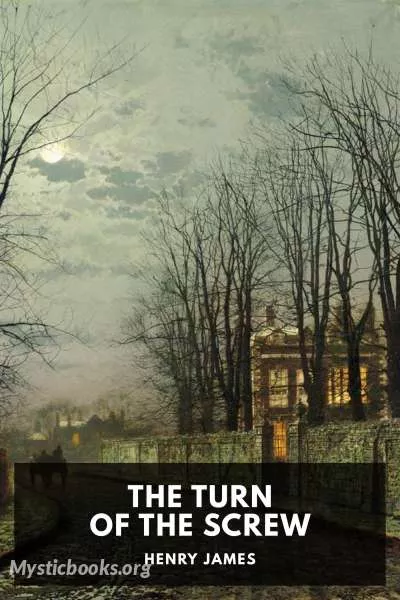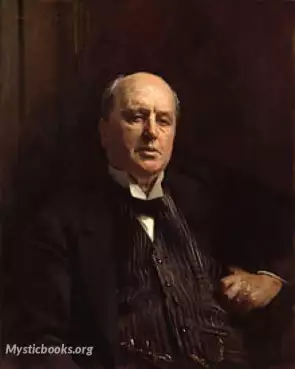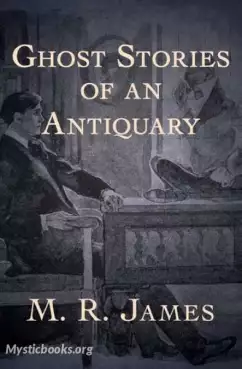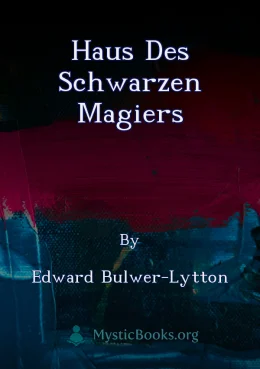
The Turn of the Screw
by Henry James
'The Turn of the Screw' Summary
On Christmas Eve, an unnamed narrator and some of their friends are gathered around a fire. One of them, Douglas, reads a manuscript written by his sister's late governess. The manuscript tells the story of how the young governess is hired by a man who has become responsible for his young nephew and niece after the deaths of their parents. He lives mainly in London but also has a country house, Bly. The boy, Miles, is attending a boarding school, while his younger sister, Flora, is living in a country house in Essex, where she is cared for by Mrs. Grose, the housekeeper. Flora's uncle, the governess's new employer, is uninterested in raising the children and gives her full charge, explicitly stating that she is not to bother him with communications of any sort. The governess travels to Bly and begins her duties.
Miles returns from school for the summer just after a letter arrives from the headmaster stating that he has been expelled. Miles never speaks of the matter, and the governess is hesitant to raise the issue. She fears there is some horrible secret behind the expulsion but is too charmed by the boy to want to press the issue. Soon after, around the grounds of the estate, the governess begins to see the figures of a man and woman whom she does not recognize. The figures come and go at will without being seen or challenged by other members of the household, and they seem to the governess to be supernatural. She learns from Mrs. Grose that the governess's predecessor, Miss Jessel, and another employee, Peter Quint, had had a close relationship. Before their deaths, Jessel and Quint spent much of their time with Flora and Miles, and the governess becomes convinced that the two children are aware of the ghosts' presence.
Without permission, Flora leaves the house while Miles is playing music for the governess. The governess notices Flora's absence and goes with Mrs. Grose in search of her. They find her on the shore of a nearby lake, and the governess is convinced that Flora has been talking to the ghost of Miss Jessel. When the governess finally confronts Flora, the girl denies seeing Miss Jessel, and asks not to see the new governess again. Mrs. Grose takes Flora away to her uncle, leaving the governess with Miles, who that night at last talks to her about his expulsion. The ghost of Quint appears to the governess at the window. The governess shields Miles, who attempts to see the ghost. The governess tells Miles he is no longer controlled by the ghost, and then finds that Miles has died in her arms.
Book Details
Authors

Henry James
America, Britain
Henry James was born in New York City on April 15, 1843, into a wealthy and intellectually stimulating family. His father, Henry James Sr., was a Swedenborgian philosopher and his mother, Mary Roberts...
Books by Henry JamesDownload eBooks
Listen/Download Audiobook
Related books

Ghost Stories of an Antiquary by Montague R. James
Ghost Stories of an Antiquary is a horror short story collection by British writer M. R. James, published in 1904 (some had previously appeared in m...

Cuervo by Edgar Allan Poe
El Cuervo es un poema narrativo de Edgar Allan Poe que se centra en un hombre que se encuentra inmerso en la profunda tristeza por la pérdida de su am...

Na wzgórzu róż by Stefan Grabiński
„Na wzgórzu róż” to zbiór sześciu opowiadań Stefana Grabińskiego, jednego z najwybitniejszych polskich mistrzów grozy. W jego opowiadaniach rzeczywis...

Black Cat Vol. 02 No. 06 March 1897 by Various
The Black Cat is a monthly literary magazine featuring original short stories, often about uncanny or fantastical topics. This particular issue includ...

Haus des schwarzen Magiers by Edward Bulwer-Lytton
In 'Haus des schwarzen Magiers', a rational Victorian gentleman confronts a haunted mansion with a scientific mindset. His determination to unravel t...

Phantom-Wooer by Thomas Lovell Beddoes
LibriVox volunteers bring you 13 different recordings of The Phantom-Wooer by Thomas Lovell Beddoes. This was the weekly poetry project for the week o...

House by the Churchyard by Sheridan Le Fanu
House by the Churchyard is a classic Gothic novel by Sheridan Le Fanu. It is set in the village of Chapelizod, Ireland, in the early 19th century. The...

Landarzt. Kleine Erzählungen by Franz Kafka
Die Erzählung Ein Landarzt von Franz Kafka entstand im Jahr 1917 und wurde 1918 veröffentlicht. Im Jahre 1919 erschien das Buch Ein Landarzt mit der E...

Vampire; or, The Bride of the Isles by James Planché
“Vampire; or, The Bride of the Isles” is a dramatic play written by James Planché that reimagines the vampire myth, drawing inspiration from Lord Byro...

Great Ghost Stories by Thomas Hardy
A spine-tingling collection of classic ghost stories that will keep you on the edge of your seat. From the haunting tales of Thomas Hardy to the chill...
Reviews for The Turn of the Screw
No reviews posted or approved, yet...